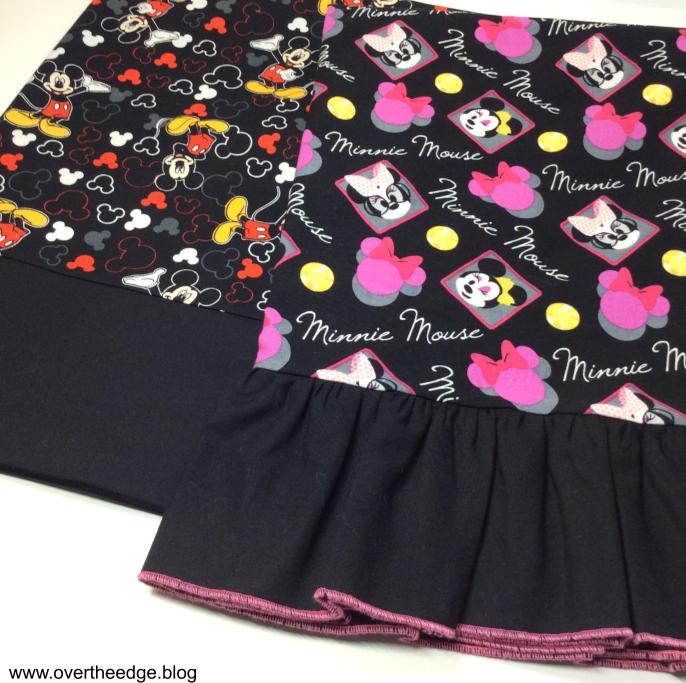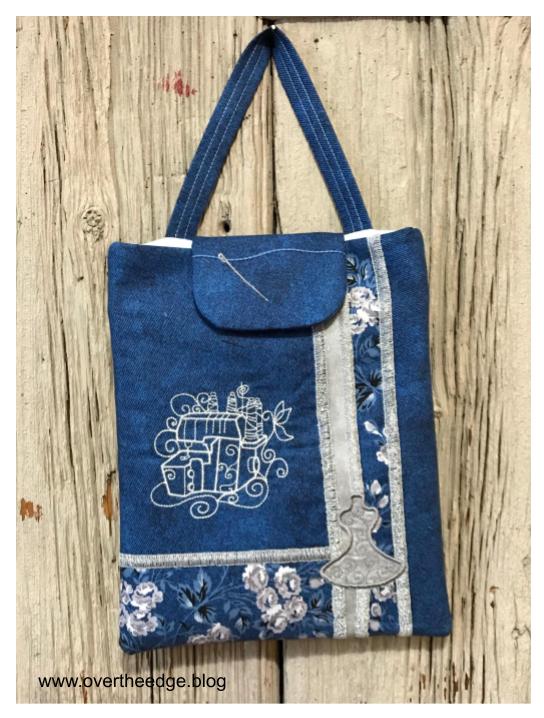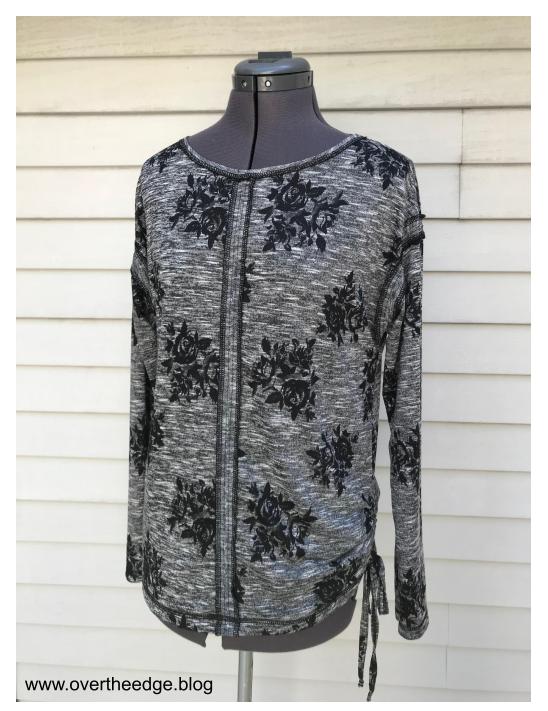HIS & HERS Serger Pillowcases
A serger pillowcase is a great beginner project for those new to serging. In the classes I teach, I always encourage my beginning sergists to start with a simple project that they already know how to sew. An easy project allows them to focus on learning the serger without also having to figure out the project. Sewing doesn’t get much easier than a few straight seams and a couple of pieces. If you sew, you have most likely made a pillowcase using a sewing machine. So why not try to make one with your serger?
I developed these instructions for HIS & HERS Serger Pillowcases to be used in my beginning serger classes. Although there are many different ways to construct a pillowcase, I feel that this is the easiest way to make them on a serger. Both pillowcases fit standard size bed pillows and are made completely with a serger – no sewing machine required.

The HIS Pillowcase
The HIS Pillowcase is very simple and should be done before the HERS Pillowcase if you are new to serging. Only two pieces of fabric are used for this pillowcase – the main body and the cuff. After setting your serger up for a 4 thread overlock stitch, all you need to do is serge straight seams, wrap a corner, and secure your seams at the beginning and end. These skills are the first ones we practice in my Serger SOS class after getting our sergers threaded. (SOS stands for Serge On Successfully.) There is always a little more to learn when you switch from practicing on a small scrap of fabric to incorporating the skills into an actual project.

The HERS Pillowcase
The HERS Pillowcase is a slightly dressed up version of the HIS Pillowcase but still simple enough for a beginner. In addition to the techniques used to construct the HIS Pillowcase, you also add a 3 thread rolled hem to the edge of the cuff and gather the cuff with your serger. Only three pieces of fabric are used in this pillowcase – the main body of the pillowcase and two pieces for the ruffled cuff.
Link to My Tutorial
Below you will find the link to my full tutorial on the HIS & HERS Serger Pillowcases. Included are tips on how to wrap corner seams for perfect corners and how to adjust serger gathers.
































